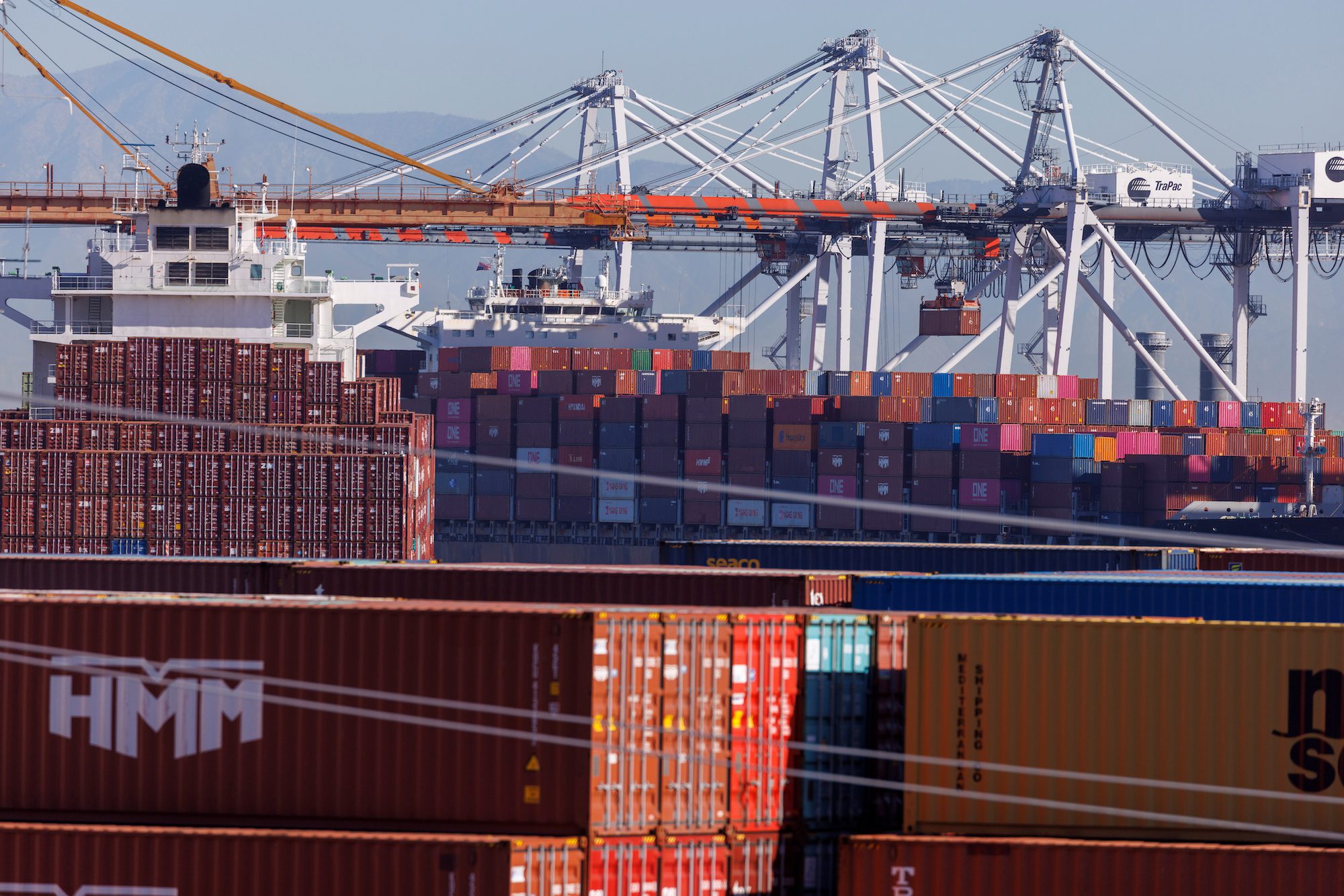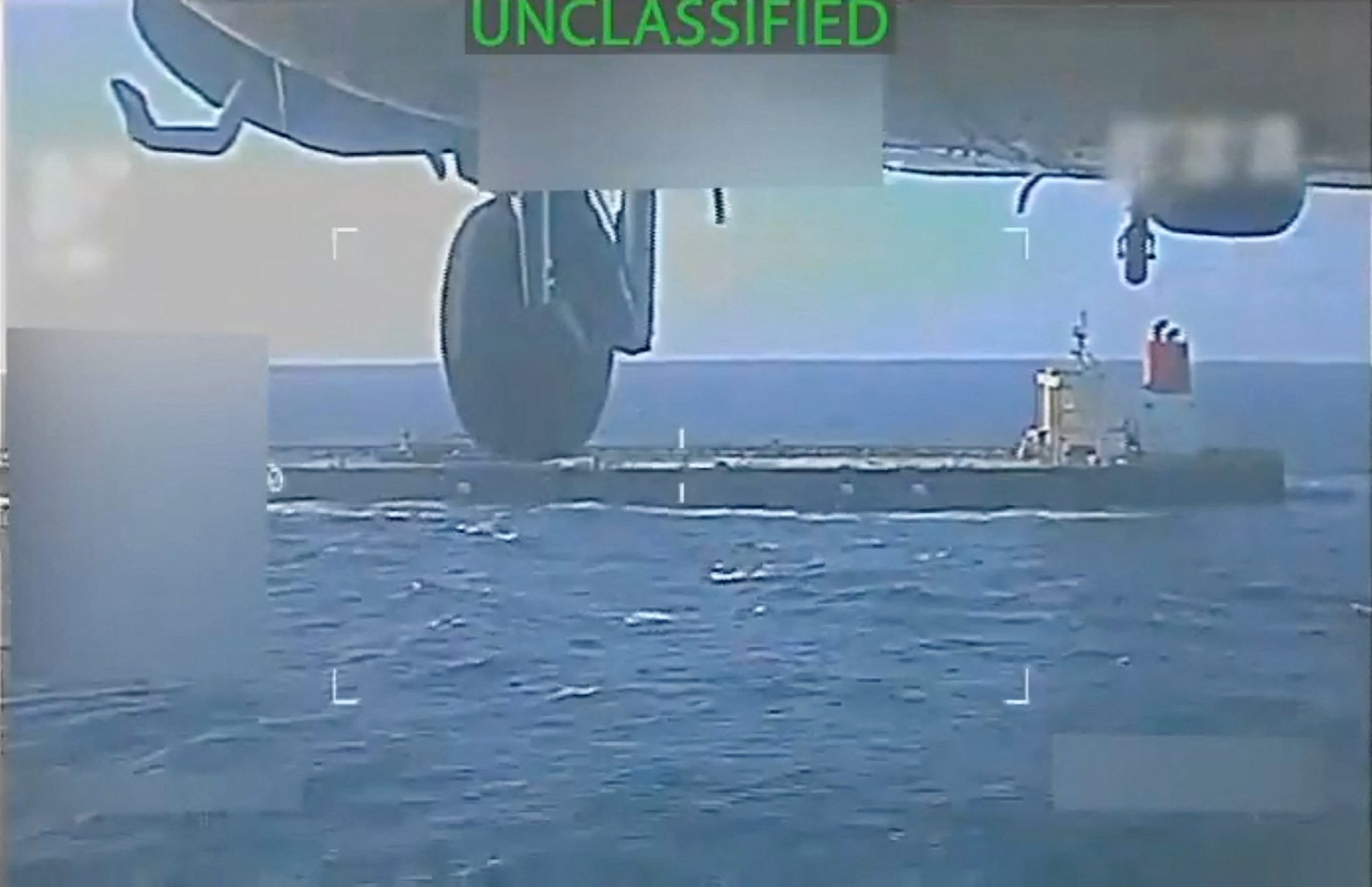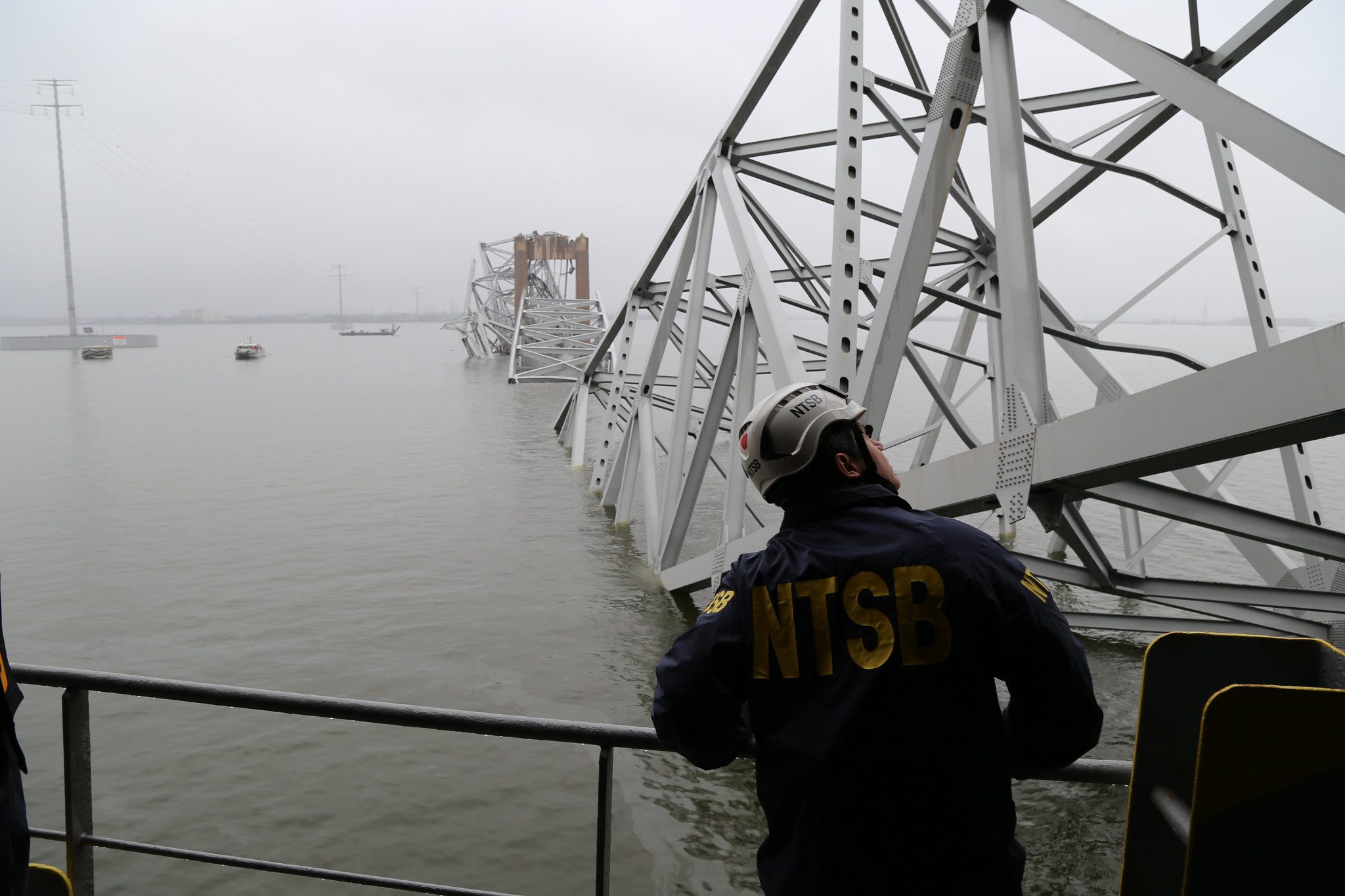By Alex Longley
(Bloomberg) –With western navies focused on trying to quell Houthi militants’ attacks on merchant shipping in the Red Sea, Somali pirates are quietly showing signs of making a comeback.
In December, they hijacked their first ship in six years when the commodity carrier Ruen was boarded and taken to a port in the east African country, according to the International Maritime Bureau, a piracy watchdog. Figures from the European Union Naval Force show there have been further attempts since then, and this week the UK Navy issued an advisory to shipping cautioning that pirates are operating in the Indian Ocean.
Read Also: Pirate Motherships Active in Indian Ocean
For the maritime industry, the incidents are a chilling reminder of a period — a little over a decade ago — when Somali pirates menaced ships across swaths of the Indian Ocean. Back then, incidents included seizing the giant oil supertanker Sirius Star and the US-flagged container ship Maersk Alabama. They led to what was viewed at the time as a controversial deployment of armed guards on board commercial ships.
Analysts say that the latest recent resurgence is unlikely to mark a full-scale repeat of that era, in part due to more advanced technology and the fact that the use of armed guards is now much more common. But the extent of any resurgence would depend on how successfully the pirates can revive their old ways: hijack ships, take them back to Somalia, and wait for ransoms, sometimes stretching to multi-million dollars, to be paid.
“If you feed the beast with cash, then it will keep coming,” John Thompson, a founder of intelligence firm Ambrey, said in a podcast for insurance company NorthStandard.
Related Article: New Details on Trawler Hijacking as Somali Pirates and Crew Arrive in Seychelles
This week, the UK Maritime Trade Operations, a liaison between the British navy and merchant ships, warned there were two so-called pirate-action groups are operating in Indian Ocean. That came after guards on a commodity carrier exchanged fire with a small boat about 700 miles southeast of Oman over the weekend — far from where the Houthi attacks have been happening.
The director of Somalia’s maritime agency said last month that he believes more naval assets are being focused on waters being attacked by the Houthis, mostly hundreds of miles away. Stopping those incidents is vital if billions of dollars of trade is to continue being able to use Egypt’s Suez Canal.
In the past, the pirates’ would seize one relatively large vessel, known as a mother ship, from which to coordinate attacks.
“The hijacking of the Ruen, boarding of the vessel in January, and the reported hijacking of fishing vessels which have traditionally been used as mother vessels is a concern,” said Cyrus Modi, a director at the International Maritime Bureau, adding that ships in the region should adhere to industry advice to stop such attacks.
The EU’s Naval Force’s counter-piracy mission in the area is called Operation Atalanta. EUNavfor, as it is known, acknowledged a spike in incidents since November.
It said that “no assets from Atalanta have been redirected to areas outside the area of operations”.
However, out of three vessels that it said provide support to Operation Atalanta, one of them — the Alsace — went to the aid of a tanker that was attacked by Houthis while another, the Languedoc, shot down a Houthi drone in the Red Sea, according to postings on X from the French military and US Central Command.
EUNavfor said it was very common for such vessels to support other operations.
200 a Year
Despite the re-emergent threat, improvements in technology also make it easier to avoid such incidents, according to Thompson.
He said Ambrey has advised about 20 vessels to change their courses so that they avoid ships that were purported to be have pirates on board. In the previous wave, there wasn’t the technology to do that, he said.
Piracy attacks off the coast of Somalia peaked at about 200 incidents a year from 2009 through 2011, according to EUNavfor. With just over a month of 2024 gone, there have already been three, its data show.
There are also geographical links between the Somali pirates and Yemen, according to Hans Tino Hansen, Chief Executive Officer of Risk Intelligence A/S in Denmark.
Many of the piracy groups were involved in smuggling, with routes that include Yemen, he said in a webinar with trade group BIMCO.
“They can conduct piracy operations if they need to or if they are paid to do so, or if they see the risk rewards becoming favorable to their other activities,” he said. “I don’t think it will play a very big role in this conflict, actually a very small one, but it could be that some are hired to do something.”
© 2024 Bloomberg L.P.

 Join The Club
Join The Club










